Since the concept of "flexible feeding" emerged, it's often praised for its versatility—“one flexible system fits all.” However, flexible feeding isn’t a universal solution, and there are some scenarios where it’s less advisable. Here’s a breakdown of situations where flexible feeding may or may not be the best choice.
1. Compatibility Requirements
For materials with a single type, flexible vibratory feeder can work, but considering factors like cost and cycle time, a bowl feeder might be a better fit. The track design of bowl feeder is generally customized for one material, so the stability is guaranteed, the accuracy is higher and the feeding speed will be faster. However, they aren’t suitable for materials prone to tangling or jamming, where flexible feeder become preferable.
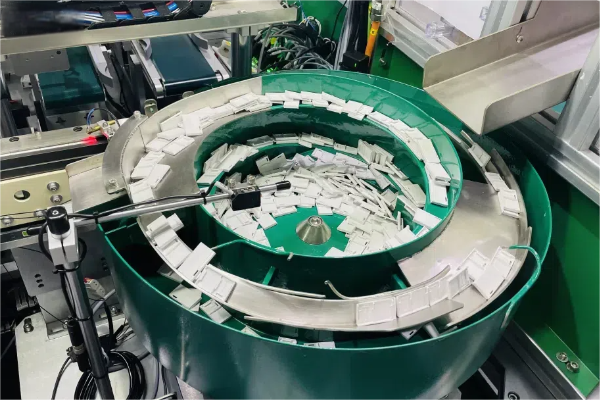
2. Material Presentation Method
While mixed materials are ideal for flexible feeding, some materials arrive in orderly configurations. For fragile items, those with high surface finish requirements, or materials that are pre-stacked from prior processes, tray feeding is recommended. This method offers maximum protection for materials and enables simultaneous pick-up of multiple parts. However, it requires that materials be prearranged neatly in trays.
3. Material Characteristics
Certain material properties can complicate flexible feeding. For instance, oily materials tend to stick together, hampering picking operations and reducing accuracy. Accumulated oil can also obstruct vision systems, and there’s currently no optimal solution for this in flexible feeding systems.
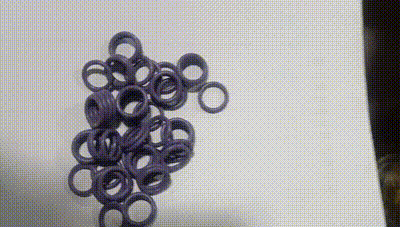
Similarly, heavy materials may exceed the weight limit of flexible feeders, causing excessive strain and potentially damaging the feeder surface. For such materials, alternative feeding methods—like step feeders or bowl feeders—are more appropriate, as they better accommodate the challenges of handling large masses and maintaining cycle time.
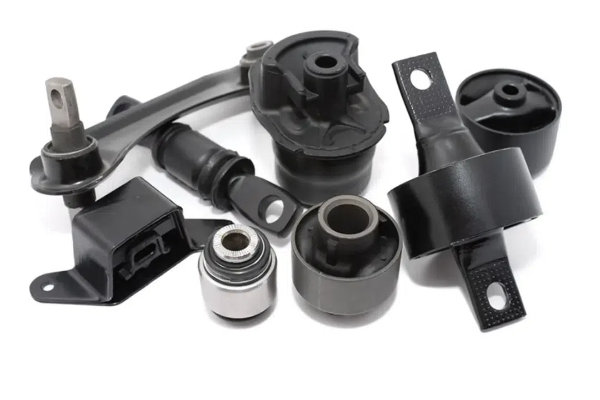
The above precautions are only preliminary judgment methods, and there are many materials that must be tested to know the results.
4. Difficult Material Types
Some materials, even if they meet size and material requirements, may still pose challenges for flexible feeding, demanding significant technical expertise. We categorize these as “difficult but feasible” materials:
1)Soft, Easily Deformable Materials: These can deform even when resting on a flat surface, making visual recognition challenging. Engineers may spend extensive time developing visual templates, only to find that reliable recognition isn’t possible.
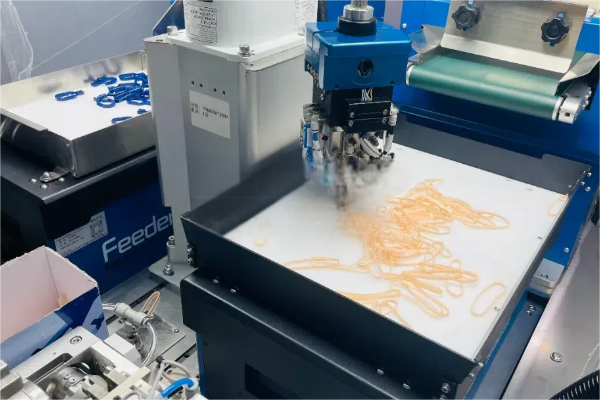
2)Static-Prone Materials: Materials susceptible to static can be tough to separate once adhered, and optimal parameters require repeated testing. Success may depend on factors like humidity and temperature.
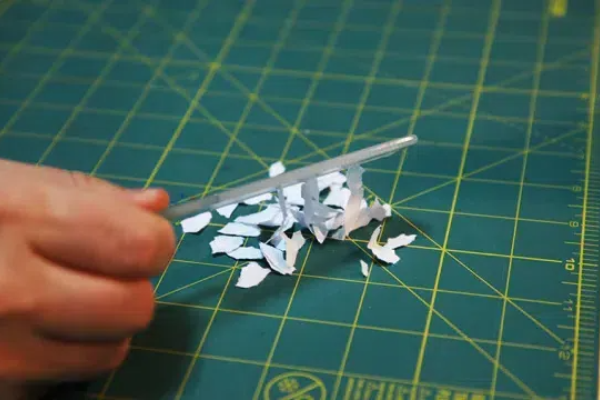
3)Transparent Materials: Transparent items often require specialized lighting techniques, such as black trays or red backlighting, to facilitate recognition. However, not all cases are resolvable this way and require case-specific analysis.

4) Springs: While most springs can be effectively vibrated, some irregularly shaped springs may tangle, necessitating testing to determine feasibility.
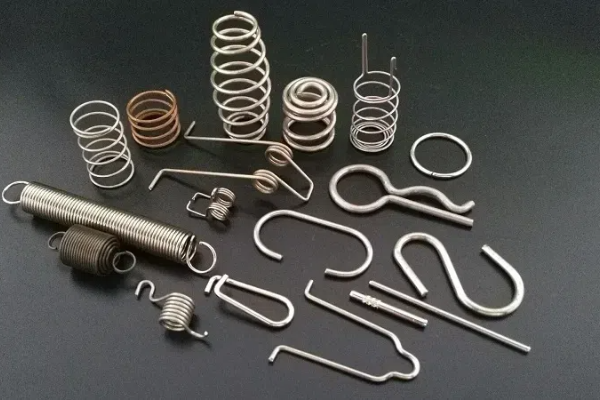
5. Cycle Time Requirements
Cycle time is influenced by factors like material properties, picking orientation, and accuracy, all of which can significantly vary in combination. For instance, in assembly lines, an additional alignment step may be added to enhance precision, which naturally slows down the cycle. Some materials also require supplementary feeding mechanisms that extend cycle time. If there’s a major gap between actual and ideal cycle time, it might be more effective to consider alternative feeding methods.
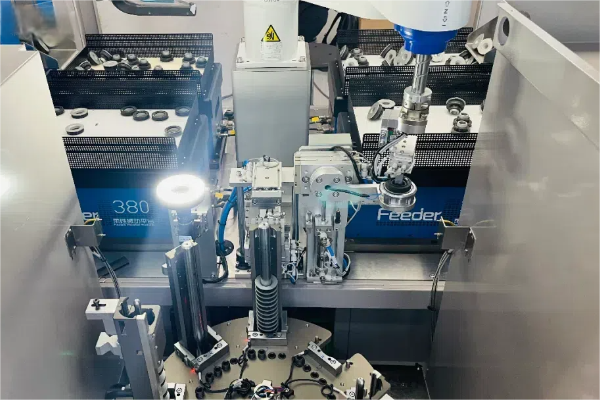
Conclusion
While these considerations focus primarily on material properties, selecting a flexible feeding system also depends on a business's specific production needs, technical capabilities, budget, and material characteristics.
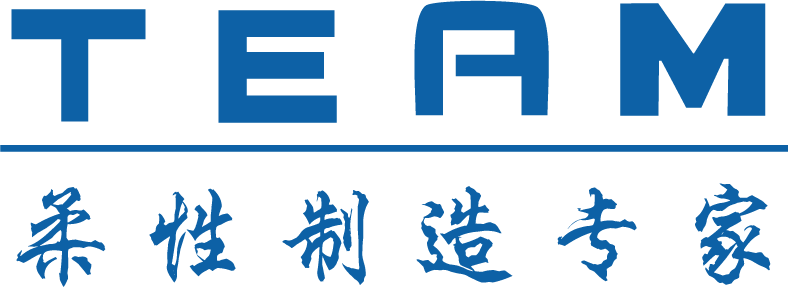

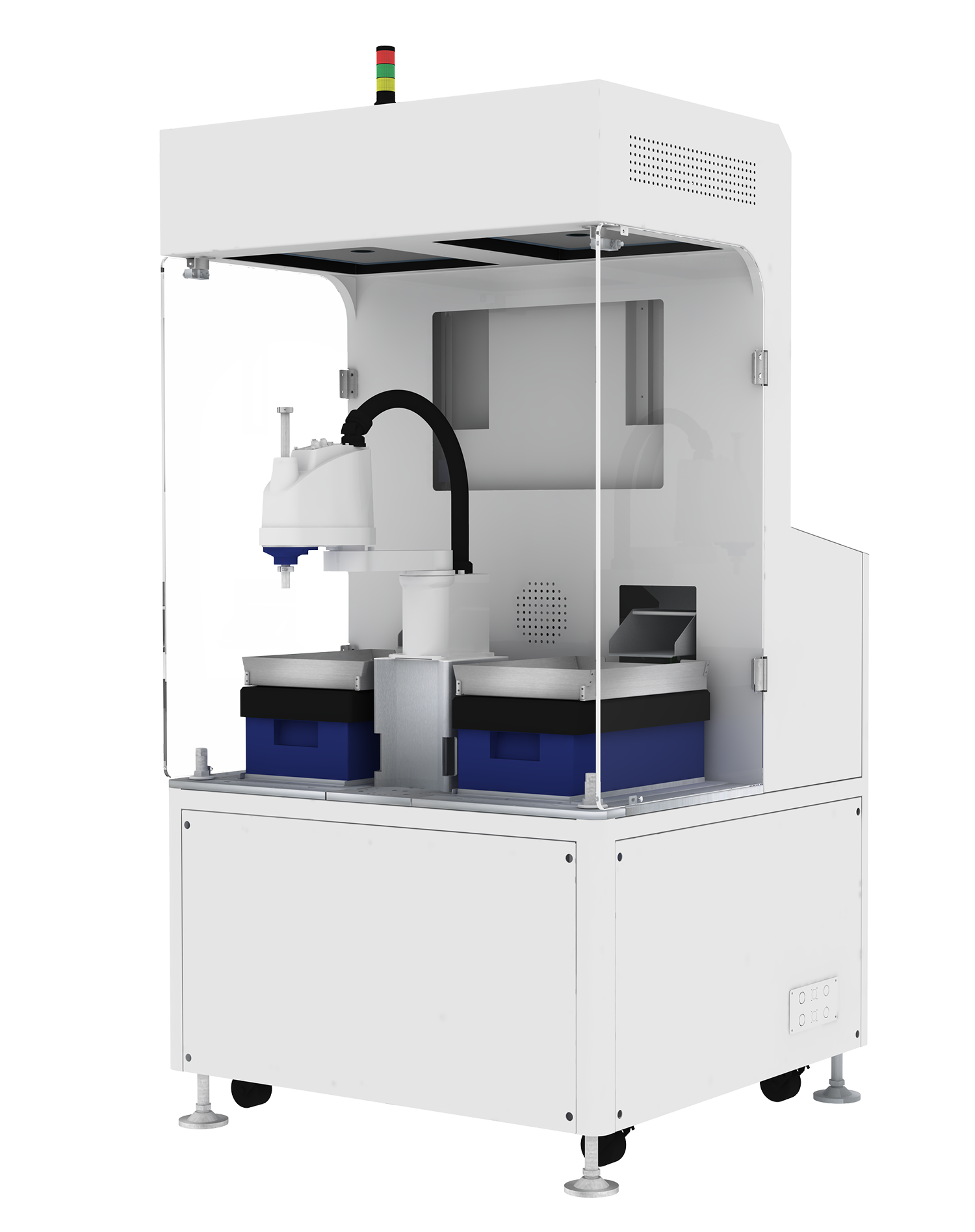
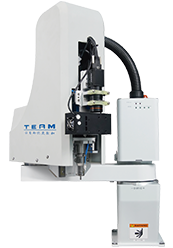
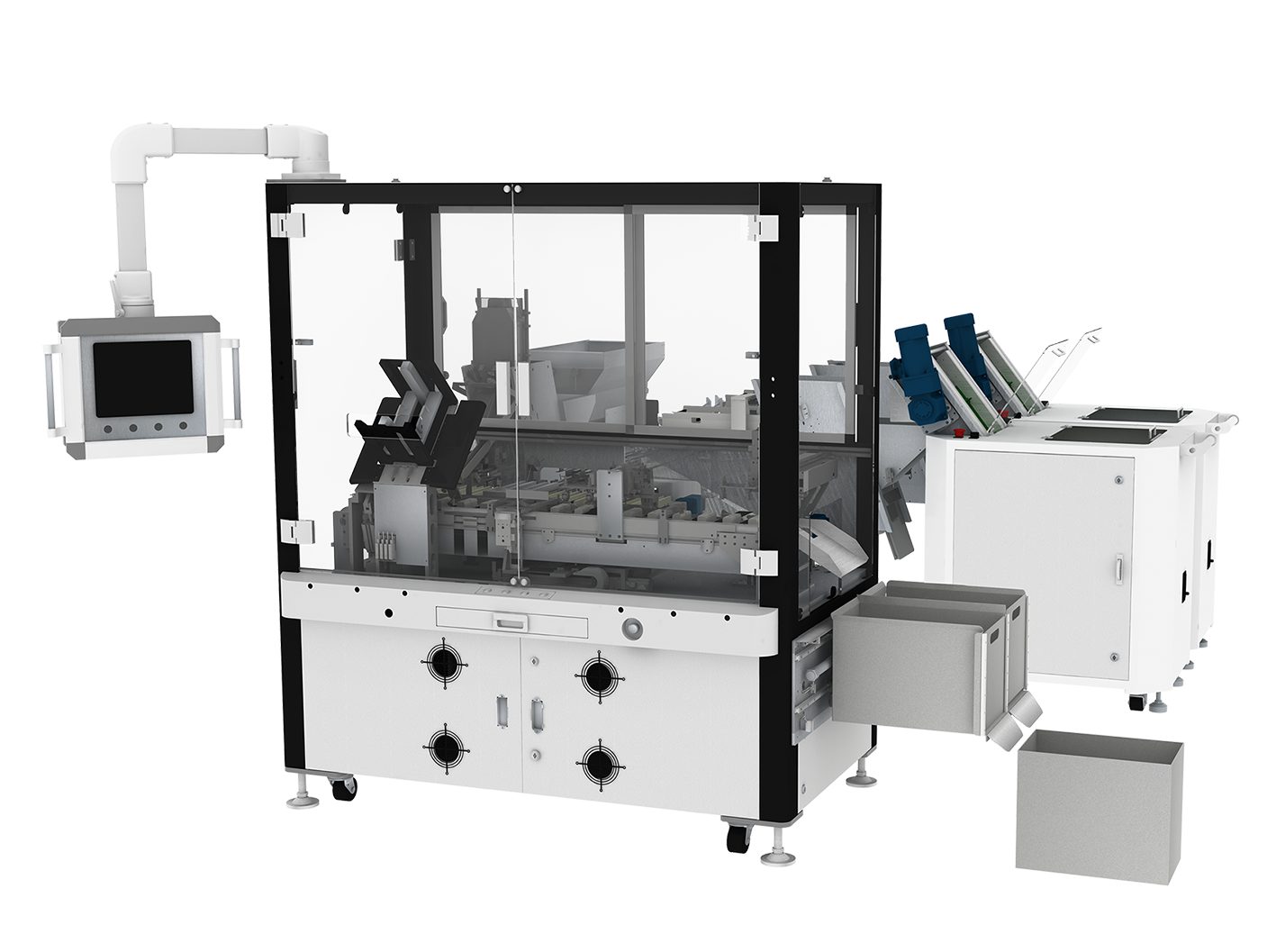







 Home
Home Products
Products Telephone
Telephone Message
Message



